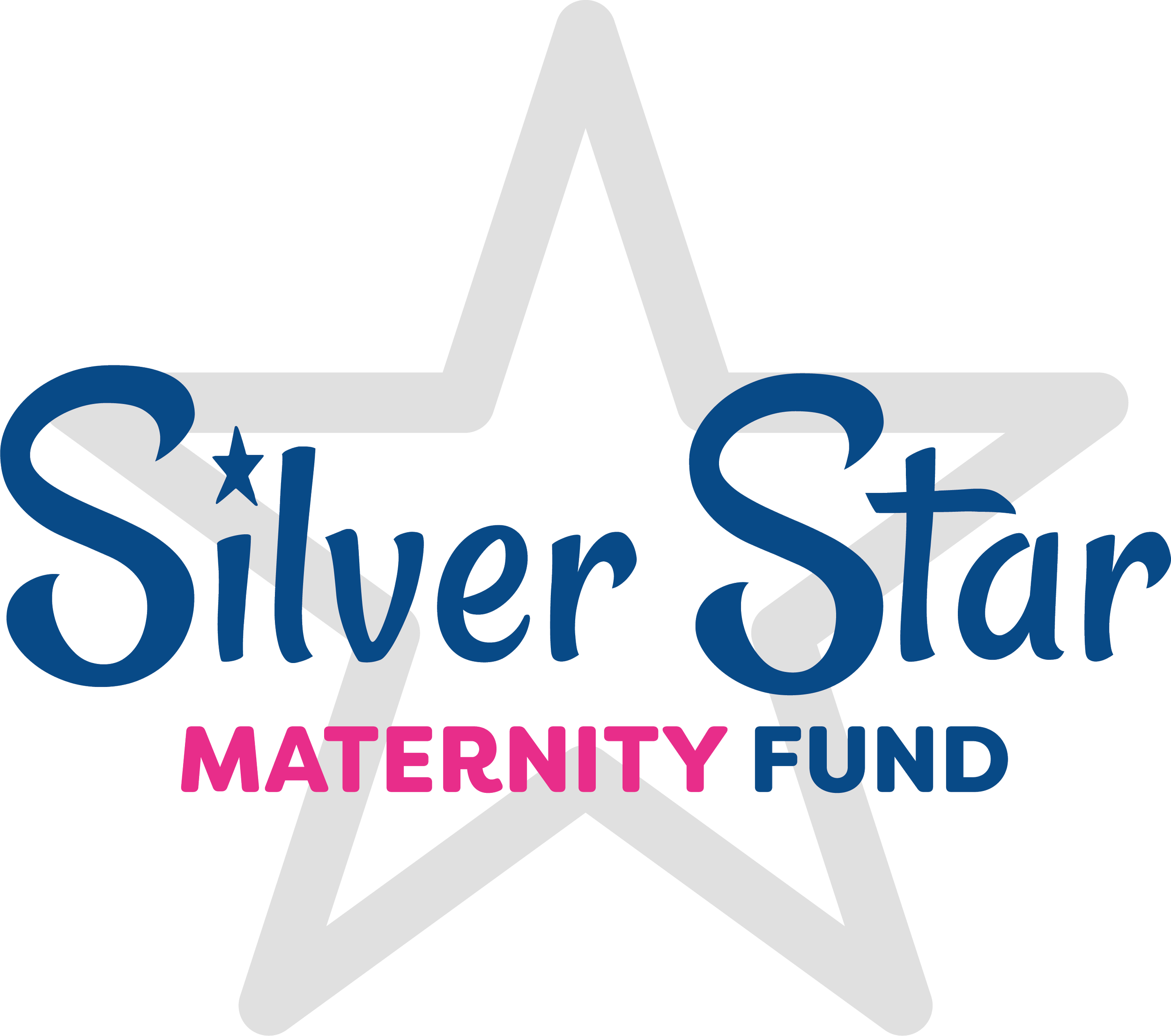CTG MACHINE IN DAUGHTER’S MEMORY
Rob & Rachel Wilcock have raised £5500, in memory of their daughter Zoe, to buy a CTG machine for the Silver Star Unit. They have had events throughout 2021 to raise money, and have asked others to join in with their own events to raise money too.
Rachel says: ‘We owe so much to the hospital for trying to save the lives of both of our girls, and to look after me during the pregnancy and afterwards. On 29th October 2019 we discovered that we were pregnant with identical twins. Even at 8 weeks you could see the hearts of both girls beating strongly.
The pregnancy continued unremarkably for the next few weeks, although being pregnant with identical twins meant regular scans every 2 weeks to check on their progress. It began to become apparent that there was some difference in growth between the 2 girls which needed monitoring to make sure there wasn’t a significant difference.
At a scan on the 10th January, the growth differential had increased and unfortunately one of the research fellows had spotted a reverse wave. This is where the blood flows the wrong way from one baby to another and is a significant symptom of a condition called Twin to Twin Transfusion Syndrome (TTTS). We were advised that we would need to go to University College Hospital in London the following week to check on the girls’ progress and to be seen by a TTTS specialist for a potential procedure. On the 16th January, we ventured to London and were seen quickly by the amazing consultant there. Following a quick scan of the girls he explained that unfortunately their condition had deteriorated, and action was required in order to try to save them. He explained that the girls were suffering with TTTS and also growth restriction, which is where the babies don’t share the placenta evenly, resulting in the growth differential that had been seen earlier. He explained that 2 procedures were required: one to divide the placenta to enable both girls to have what they needed, and the blood vessels being shared by the girls to be sealed using a laser to prevent them from sharing blood. Having looked at our girls he explained that their umbilical cords were so close together that he was concerned that he would not be able to save both of them.
Rob Wilcocks
He gave us 3 options: 1. Do nothing in which case it was likely that both girls would die, 2. Decide to end one of our baby’s lives to enable the other to live, 3. Complete the procedures on both the placenta and to separate the blood vessels, which would give both girls the best possible chance of survival. We felt that the only option available to us was the 3rd and as such he began the procedure. It was more difficult than he had anticipated due to the proximity of the girls’ cords, but he did the most amazing job given the difficulty.
A scan a couple of hours after the procedure showed that Zoe’s heart rate had started to slow down, and he advised that we went for a scan in Oxford the next day to check how things were.
The next day we had the devastating news that they could no longer see Zoe’s heartbeat.
As the donor twin, she had been giving her blood to Keziah and unfortunately sealing the blood vessels had not helped. Zoe had died just before 18 weeks. We were told that the next few weeks were crucial as the procedure could result in brain damage for Keziah. Four weeks after the procedure, I had an MRI scan to check Keziah’s brain development.
Thankfully, this was all clear and we therefore anticipated smooth sailing until her birth.
Unfortunately, this was not the case. At one of the routine scans in February, it was identified that Keziah had developed anaemia. We were advised that a sample needed to be taken of her blood to identify whether a transfusion was required. The first test was completed, and Keziah was severely anaemic.
This required two blood transfusions which thankfully appeared to solve the issue, despite the doctors not knowing how the anaemia had developed or how it had been fixed.
At 27 weeks, my waters broke, and I stayed in hospital for 1 week for monitoring. Following this, I was required to attend appointments twice a week to check for sepsis and to monitor Keziah’s progress. Keziah was born at 31 + 3 weeks as the placenta came away requiring an emergency c section on 18th April. Thankfully both mum and baby were fine, although Keziah needed to stay in hospital for 5 weeks to get to a suitable weight before coming home.’


